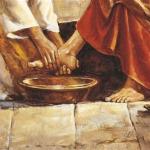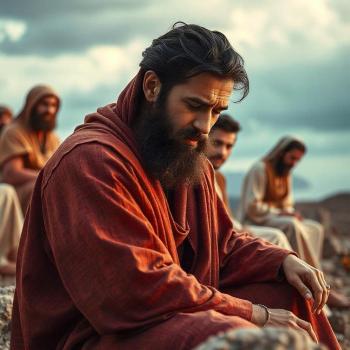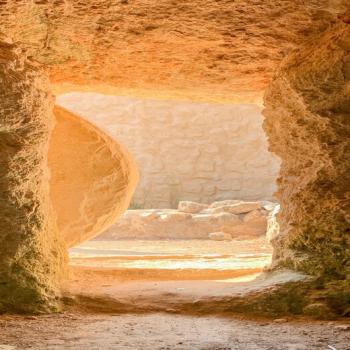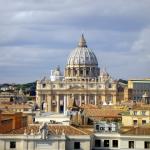Get Your Donkey Outta the Way!
Imagine for a minute you are about to make a grand entrance—you’re the star of the show, the big cheese, the Grand Poo-Bah. What type of car would take you to the event? Maybe a Rolls Royce limo to show your star power charm? Or a Ferrari or Lamborghini to show your sleek and powerful side? What about an Aston Martin to show that you’re from old money? At any rate, it probably wouldn’t be a ten-year-old Ford Tempo. So why did Jesus (as is told in Mark 11:2) pick a “donkey colt tethered on which no one had ever sat?”
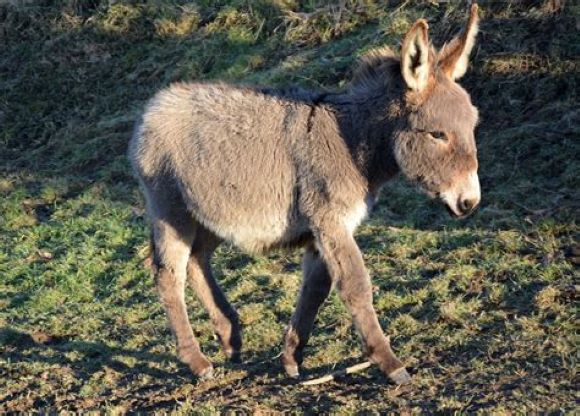
Jesus has never been the flashy type. He is God in human flesh, who came to show us the way back to God. God has a will, or dream, for each one of us, and Jesus came to show us how to live and be the bridge for us back to God. One way was Jesus always preaching peace. He came in peace, he lived by peace, and he preached peace to all. To back that up, His coming in peace was foretold in Zechariah 9: 9-10:
See, your king comes to you, righteous and victorious, lowly, and riding on a donkey, on a colt, the foal of a donkey. I will take away the chariots from Ephraim and the warhorses from Jerusalem, and the battle bow will be broken. He will proclaim peace to the nations.
Here Jesus is, making a triumphal entry into Jerusalem, arguably the most popular person of the day, riding in like a rock star… on an untried donkey. Why didn’t he upgrade to at least a horse?
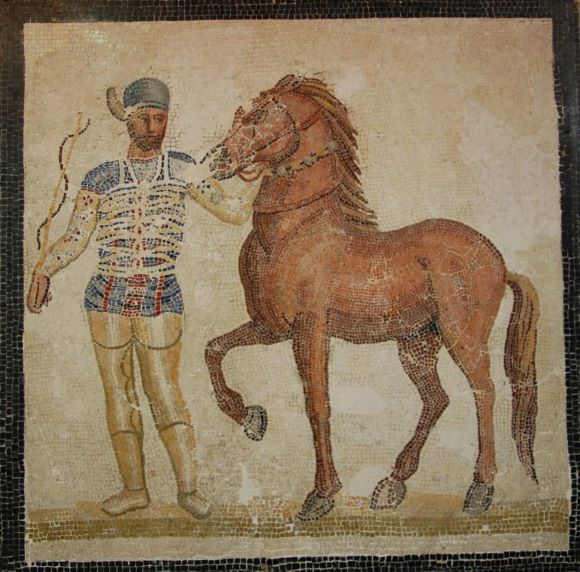
Biblical Horses
Horses were not only signs of status but also the ultimate symbol of power. They were majestic creatures that set the rider apart from the regular crowd, considered beasts of war and station, and were primarily owned by the Romans. And horses were pricy. A normal, run-of-the-mill, everyday model would cost you a year’s salary. If you wanted to upgrade and get the super-package, a horse bread specifically for a job—like carrying you in war or caravanning to China—they would cost up to ten years’ wages. The crème-de-la-crème models were reserved for the aristocracy only. The showiest use in biblical times was riding into a town, village, or city on a horse. Only a conquering hero or king would ever consider riding a horse. The person perched on the horse’s back was the ultimate and unquestioned sign of power, status, and pride.
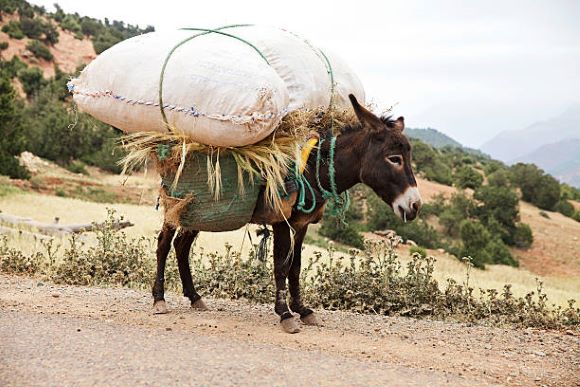
Biblical Donkey
Donkeys were the blue-collar wheelbarrow of the day. There was nothing flashy or showy about a donkey. They were simple docile beasts of burden, carrying produce, building materials, and the elderly or infirm from point A to point B. A young donkey was skittish, stubborn, and downright ornery and would bray and buck until it was trained over a few weeks. And donkeys were inexpensive, costing about a week’s wages. They were humble creatures for humble people. Sort of like a used inexpensive import is today sitting on a used car lot.
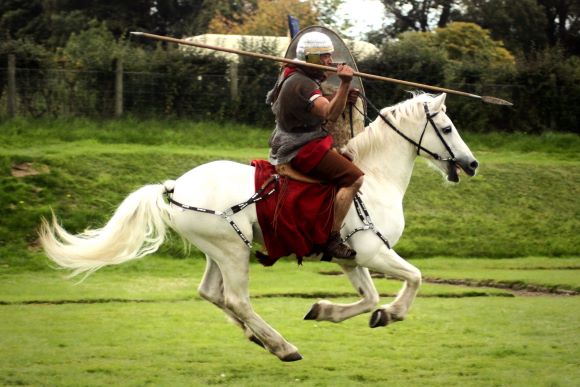
Differences in Perception
An interesting difference between horses and donkeys besides size, power, and status was ownership. Horses had a single owner and typically the same rider each time. Horses typically don’t like interchanging or multiple riders. Meanwhile, donkeys in the day were often owned communally. A larger family or small town might own one donkey and would be “checked out” for different uses. They didn’t really care who they worked for or what load they were carrying. They just wanted a good meal and something to drink at the end of the day.
So, Why a Donkey Colt?
So, one must ask, why did Jesus send His two disciples to pick up a “donkey colt tethered and on which no one had ever sat?” Of course, Jesus knew the passage from Zechariah, but what did it mean? Why would they pick a donkey they’d never seen before, which was young and skittish and had never had anything on its back before—let alone the King of Kings? They had to be afraid someone would accuse them of stealing. And if Jesus was going to ride into Jerusalem in triumph, why in the world would it be on the back of a donkey instead of a mighty white steed?
Think about the scene for a moment. You have Jesus, the rock star of the day, riding triumphantly through the city gate with people flocking to get a glimpse of Him. It’s loud and raucous, with a lot of pushing and shoving, with a very wary Jewish hierarchy and Roman soldiers looking on. And what’s the colt doing? It’s quietly, peacefully transporting Jesus through the middle of this mayhem. The colt is calm, steady, and not acting like an ordinary, untried beast. This, in its simplicity, describes the serenity, tranquility, and mildness of Jesuses character. This is the reason, as proof, that Jesus is peace itself.
But you may ask, “What about Jesus coming to divide ‘father against son, and son against father… ‘ as stated in Luke 12: 53? Or his explosion in the Temple a few days after he entered Jerusalem as described in Luke 2: 41-52?” The point is peace—not unthinking attachment. They are very different. Peace has to do with reconciliation, love, and accord—all the things Jesus came to embody as the bridge between us and God. A son may be the father’s progeny, but it doesn’t mean their hearts and minds belong to their Creator. No, each person—son or father, mother or daughter—must come to their own realization and reconciliation with God. And this is the peace Jesus offers. So, the next time you offer “the peace of Christ” at Mass, think about this simple act of this simple donkey colt and try to be more like them.



